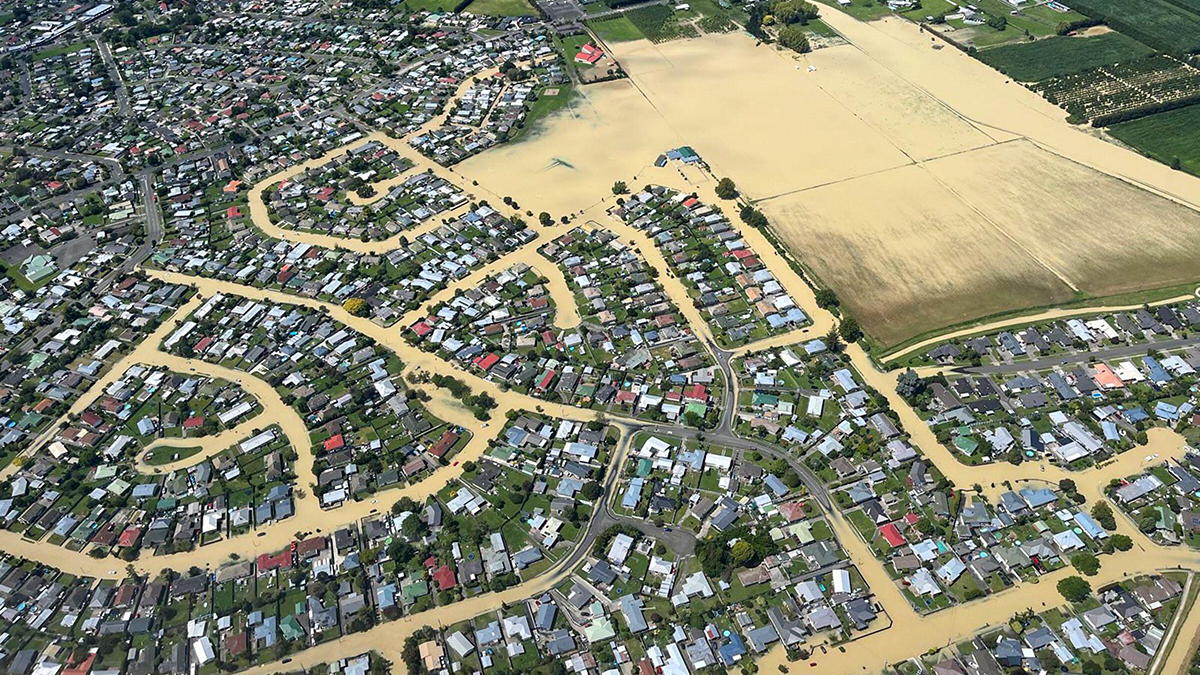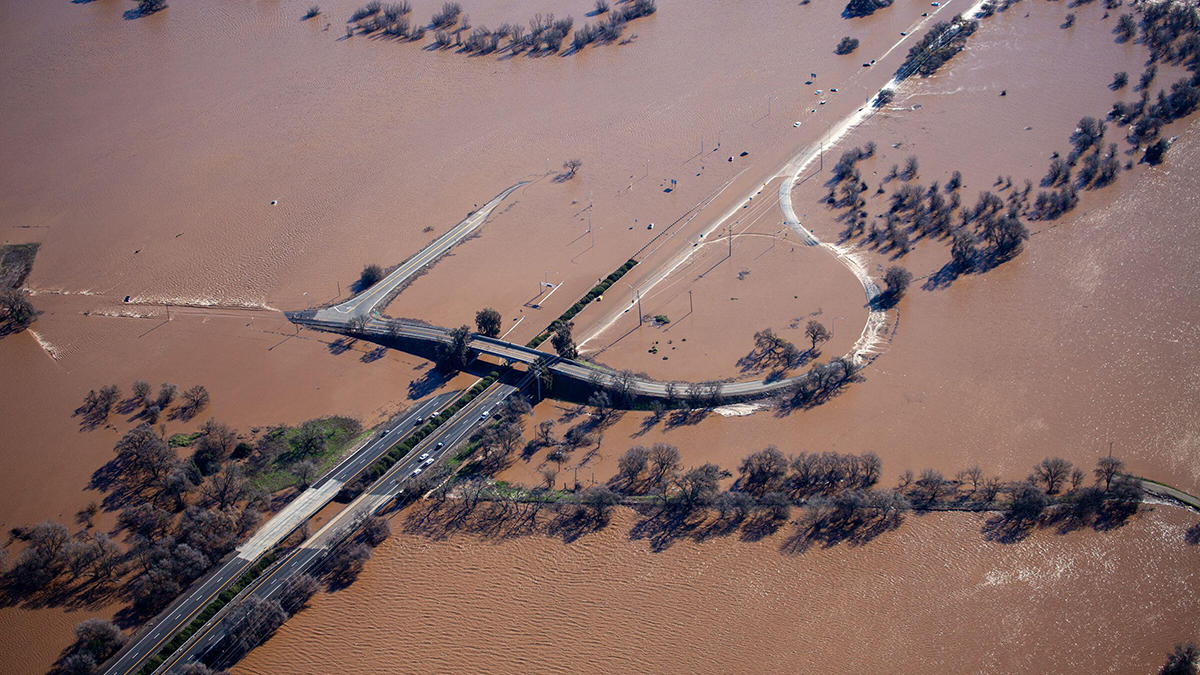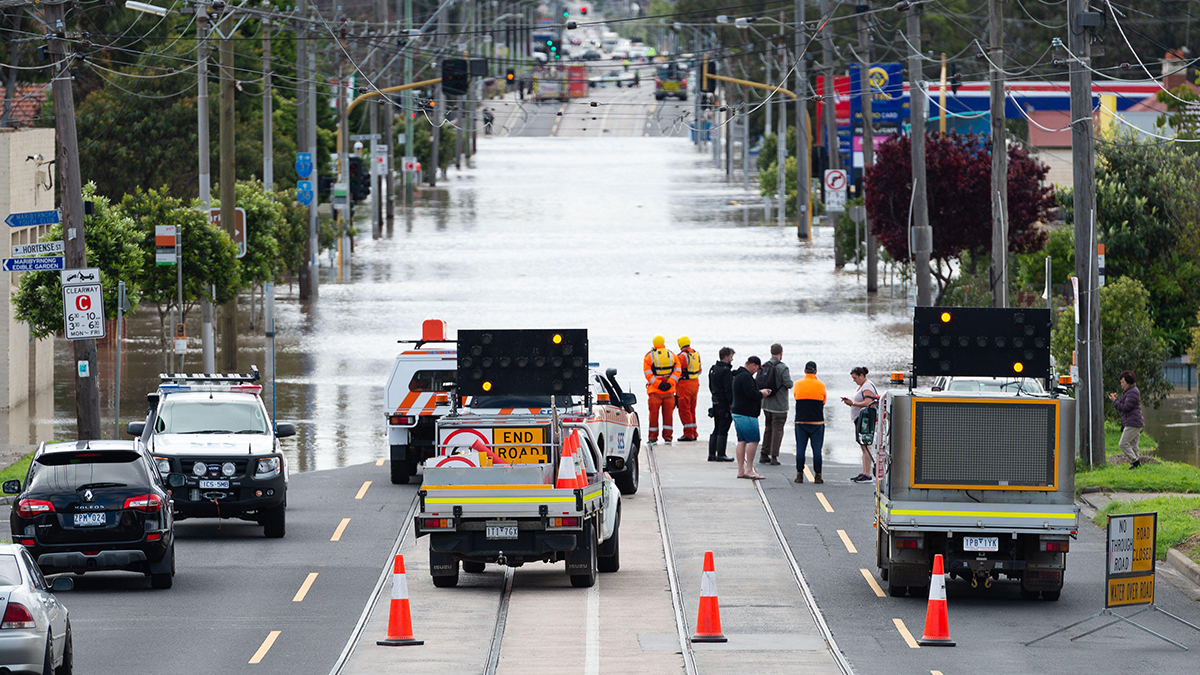ID Comment: Is it time to call flood a primary peril?
Globally more than two billion people live in areas that are expected to be inundated by a one-in-100-year flood event
Flood risk can be reduced or even prevented through the implementation of risk management strategies
Re/insurance is arguably the only sector in the risk-transfer space that still defines flooding as a secondary peril. That is because, like wildfire and winter storm, flooding is harder to monitor and predict, making it more difficult to model than a primary peril, such as an earthquake.
In a new report, the Insurance Development Forum (IDF) and the World Bank have laid out the requirements of re/insurers to be able to use a flood model “with confidence”. They signpost the key areas in the design of flood risk modelling and flood disaster risk financing and insurance projects for data-scarce contexts.
The report pulls no punches, saying: “Increasing rainfall intensity due to climate change, population growth and urbanisation are expected to significantly increase flood risk in the coming decades, leading to greater economic losses and disruption to communities.”
Globally more than two billion people live in areas that are expected to be inundated by a one-in-100-year flood event, while 89% of the 1.47 billion people exposed to the risk of intense floods live in low- and middle-income countries. Individual flood events can affect a large area and lead to significant amounts of damage, having caused more than $650bn of economic loss between 1998 and 2017.
The good news? Flood risk can be reduced or even prevented through the implementation of risk management strategies.
During a webinar held to discuss the report, Stuart Fraser, technical lead of IDF’s risk modelling steering group, said the idea flood is a secondary peril is changing among re/insurers.
Fraser said: “It is quite a strange term and maybe comes from the fact cyclone was the primary peril and flood followed it, but certainly from the impacts flood has, it’s not a secondary consideration in many of the risk assessment projects the World Bank and IDF are involved in. Flood is definitely a primary peril and it’s only a matter of time before it won’t be called a secondary peril any more. As far as I’m aware, it’s only the insurance industry that calls it a secondary peril.”
“Flood is definitely a primary peril and it’s only a matter of time before it won’t be called a secondary peril any more. As far as I’m aware, it’s only the insurance industry that calls it a secondary peril”
The report highlights the many challenges in modelling flood hazard, including the physical processes of flooding being highly localised, being characterised by significant spatial variability of rainfall and highly (spatially and temporally) variable catchment and river channel conditions. Very significant differences in estimated losses can result from the different assumptions, processes and data on these points, with the most suitable modelling approach varying according to the specific information required for the end use, the data available and computational demands.
Like all perils, flood risk is highly dynamic and can change through time as a result of many factors. For example, antecedent conditions heavily influence the response of the river network, the floodplain and off-floodplain areas to extreme rainfall. Rainfall data limitations can be overcome, the report says, by using global precipitation datasets or climate reanalysis data, which provides atmospheric parameters (temperature, pressure, wind) and surface parameters such as rainfall, soil moisture and sea-surface temperature.
The thrust of the IDF/World Bank report is flood risk management strategies that combine disaster risk management and risk reduction and risk financing insurance can build social, physical and financial resilience.
During the same webinar, Colin Doyle, principal scientist at Floodbase, outlined the different perspectives of disaster risk response (DRR) and re/insurance towards modelling secondary perils.
“In disaster risk financing and disaster response work, the requirements from data are less stringent around knowing what the return period was or the probability of an event happening. Insurers, on the other hand, need robust statistics around the data. For parametric insurance, for example, it’s ideal to have a history and ongoing monitoring with the same datasets so you are matching pricing to triggers.
“Being able to estimate the probability of a particular event or damage occurring is a lot more important for insurers. They are more focused on those types of numbers. The biggest difference is insurers need more statistics around how frequently will a particular type of event happen versus DRR for which that doesn’t so much matter as much as immediate and real-time information on what’s happening.”
The IDF and the World Bank say they will look to identify how the recommendations contained in their report may be applied to real-life contexts, including through a series of case studies.
The report demonstrates there has been great progress with flood modelling so, for their part, re/insurers should try to allocate all the capacity they can spare to bringing flood across to the primary peril list.




